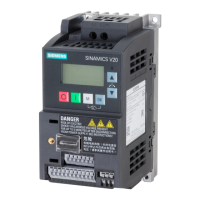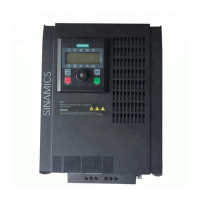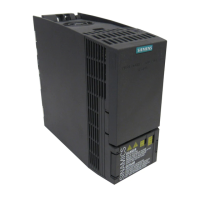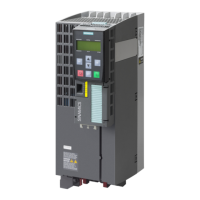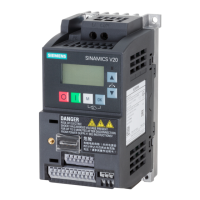AL S
08.95
AL S/2-14
Siemens AG 1997 All Rights reserved 6SN1197–0AA20
SIMODRIVE 611 (PJ)
Holding brake to hold the axis, without play, at standstill or in the no–voltage
condition (powered–down).
The permanent magnet, single–disk brake operates according to the fail–safe
principle,
i.e. the brake is closed when not energized.
Note
For motors with holding brake, axial forces are not permitted!
The holding brake is not a working brake!
For emergency stop purposes, or during power failures, approx. 2000 braking
operations can be made (at J
external
3<J
mot
), without the brake armature disk
being subject to excessive wear.
Within any one shaft height, slight deviations of the holding torque are possible
for motors with a low stall torque.
1FT6 motors with integrated holding brake are longer.
!
Warning
If the holding brake is not used for a longer period of time, a deposit can form
on the brake assembly and armature disk. This can result in a lower holding
torque!
Supply voltage: 24 V DC"10 %
To prevent overvoltages at shutdown, and possible noise emission into the envi-
ronment, the brake feeder cable must be provided with a free–wheeling diode or
an adapted varistor.
1)
In order to prevent noise as a result of pulsating currents after the brake has
been applied, when using a Graetz bridge, we recommend that a capacitor with
220 µF/60 V is used. Depending on the connected load, the capacitor increases
the voltage, so that the transformer secondary voltage cannot be specified as
fixed value. It is practical to have a transformer with 5 secondary taps in steps of
approx. 2 V starting from an average secondary voltage 29 V AC
RMS
.
1) A varistor is preferable as the free–wheeling diode will increase the closing time.
Holding brake
(option)
General information on AC servomotors
2.2 Mounted/inte
rated components
10.96

